Addiction doesn’t always look like the movies. It’s not always alleyways, needles, or rock-bottom moments. Sometimes, it’s a glass of wine that turns into a nightly ritual, a prescription painkiller that lingers long after the injury heals, or a harmless vape hit that quietly becomes essential. Across the United States, millions are caught in the same story — one of dependency, shame, and the ongoing fight for control.
Here’s a look at the most common addictions in the U.S., how they take hold, and what recovery really looks like when the world stops glamorizing the high and starts understanding the human beneath it.
1. Alcohol Addiction: America’s Most Common Addiction
Alcohol is both legal and celebrated — woven into first dates, sports games, and family dinners. But beneath the cultural normalcy lies an epidemic of quiet dependence. Substance abuse related to alcohol remains one of the country’s most persistent health challenges.
Withdrawal symptoms can be considered one of the most common addictions. It can appear after just weeks of heavy use: anxiety, sweating, tremors, insomnia, and in severe cases, seizures. For many, the line between “social drinking” and addiction blurs before they even notice.
So, how to stop alcohol addiction without making it worse? The safest path is medically supervised detox, paired with therapy and support groups. Recovery from one of the most common addictions isn’t about willpower — it’s about structure, accountability, and understanding that the brain has to relearn balance.
2. Opioid Addiction: From Prescription to One of the Most Common Addictions
Few addictions have reshaped American life like opioid addiction. It often begins innocently: a prescribed painkiller after surgery or injury. But opioids are seductive — they flood the brain with euphoria and numb pain so effectively that stopping feels impossible.
Over time, tolerance builds, and patients shift from pills to stronger substances like heroin or fentanyl. The result is a devastating public health crisis that spans every class, race, and state. It is one of the most common addictions in the US.
Opioid addiction treatment typically involves a mix of medication (like methadone or buprenorphine), therapy, and long-term drug addiction treatment support. Recovery is possible — but it starts with awareness that what was once “medicine” can become a lifelong battle of one of the most common addictions if left unchecked.
3. Marijuana Addiction: The Hidden Side of Legalization
With marijuana legalisation spreading across states, there’s a growing misconception that cannabis is entirely safe. While marijuana has therapeutic uses, long-term, heavy consumption can still lead to substance abuse patterns and dependency.
For some, particularly teens and young adults, chronic use can cause anxiety, memory issues, and motivational decline — a condition often called “amotivational syndrome.” It is among the most common addictions in the US.
Can marijuana use turn into an addiction even though it’s legal?
Yes. Legality doesn’t erase risk. Around 1 in 10 regular users develop a dependency that can interfere with work, relationships, and mental health.
Treatment often focuses on behavioral therapy, mindfulness, and structured recovery programs that emphasize balance rather than abstinence alone.
4. Inhalant Addiction: The Silent Danger Among Youth
One of the least discussed yet most common addictions and dangerous dependencies is inhalant addiction — the misuse of household products like glue, paint thinners, or aerosols for a quick high. The accessibility makes it especially common among teenagers.
The high lasts mere minutes, but the cost can be catastrophic. Inhalants starve the brain of oxygen, causing organ damage and even sudden death.
Inhalant addiction treatment includes detox, therapy, and long-term rehabilitation programs designed to address both the physical harm and the underlying emotional distress driving use.
What makes inhalants particularly tragic is how preventable the addiction can be — with awareness, early intervention, and open conversations between parents, schools, and healthcare providers.
5. Prescription and Other Drug Dependencies
Beyond opioids and marijuana, prescription drugs like benzodiazepines, stimulants, and sleeping pills continue to drive the drug problem across the U.S.A and its one of the most common addictions. These substances often start with legitimate use — anxiety, ADHD, insomnia — but quickly turn into dependency through overuse or mismanagement.
Withdrawal symptoms can be intense: mood swings, panic attacks, hallucinations, or seizures. That’s why quitting “cold turkey” is never safe. Recovery requires professional guidance from an addiction treatment center with medical supervision and customized care.
Drug addiction treatment isn’t one-size-fits-all. It depends on the substance, duration, and psychological patterns involved — but every program starts with the same truth: addiction thrives in silence and heals in community.
The Connection Between Most Common Addictions in the US
Every addiction shares one root: disconnection. Whether it’s alcohol, opioids, marijuana, or inhalants, substances often fill the voids left by pain, loneliness, or trauma. The antidote to addiction isn’t just abstinence — it’s connection.
Reaching out to an addiction treatment center, therapist, or peer group is more than a first step; it’s the start of rewriting your story. No one heals by being perfect — they heal by being seen.
FAQs
How do people usually recover from the most common addictions in the U.S.?
Most people begin recovery through therapy, detox programs, and long-term addiction treatment center support. Ongoing counseling, lifestyle changes, and community accountability help maintain sobriety.
What’s the best way to stop alcohol addiction without making withdrawal worse?
Gradual reduction under medical supervision, combined with alcohol addiction treatment programs, helps prevent severe withdrawal symptoms and ensures safe recovery.
How does opioid addiction start, and what treatment options actually work?
It often begins with prescribed painkillers. Effective opioid addiction treatment includes medication-assisted therapy, behavioral counseling, and continuous substance abuse monitoring.
Can marijuana use turn into an addiction even though it’s legal in many states?
Yes. Despite marijuana legalisation, overuse can cause dependency, anxiety, and decreased motivation — symptoms treated through structured therapy and drug addiction treatment programs.
What kind of support can an addiction treatment center offer?
Centers provide detox, medical care, therapy, peer groups, relapse prevention training, and holistic support tailored to each addiction type, from inhalant addiction to opioid addiction.
How can Samarpan help?
At Samarpan Recovery Centre, Asia’s leading addiction treatment center, we recognise that the most common addictions in the US—including alcohol addiction, opioid addiction, marijuana dependency, inhalant addiction, and substance abuse—require tailored, evidence-based treatment. While marijuana legalisation has shifted social perceptions, misuse continues to affect mental health and motivation, often leading to dependency. Similarly, the ongoing opioid crisis has created widespread need for compassionate, structured opioid addiction treatment, as individuals experience severe withdrawal symptoms when trying to quit on their own.
At Samarpan, we specialise in guiding individuals through detox and long-term recovery using medical, psychological, and holistic interventions. Our programs for drug addiction treatment and inhalant addiction treatment combine therapies like CBT, mindfulness, and trauma-focused care to address both the physical and emotional roots of dependency. Whether you’re seeking guidance on how to stop alcohol addiction or support for any form of substance abuse, our expert clinicians provide an integrated path toward healing. With world-class care, personalised therapy, and a nurturing environment, Samarpan helps clients rebuild their lives—restoring health, purpose, and balance for those battling addiction in all its forms.





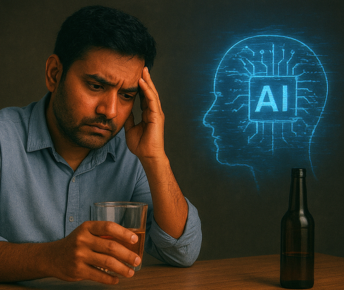
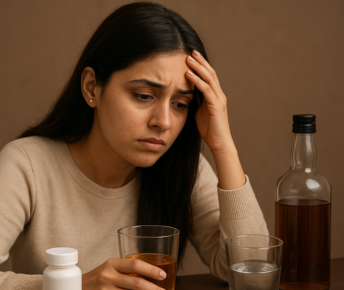

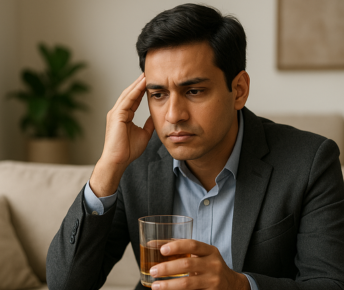


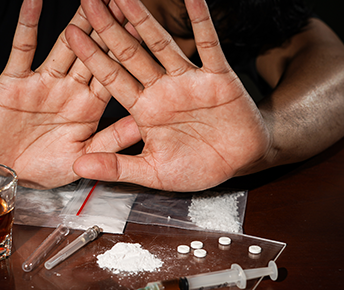









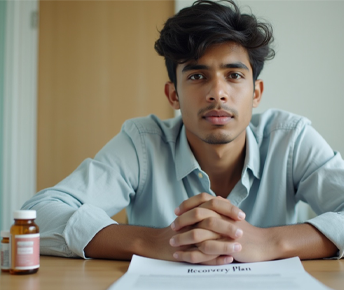


 Yes, many offer serene environments and solid therapeutic frameworks. However, quality varies, so it’s essential to research accreditation, staff credentials, and therapeutic depth.
Yes, many offer serene environments and solid therapeutic frameworks. However, quality varies, so it’s essential to research accreditation, staff credentials, and therapeutic depth.




